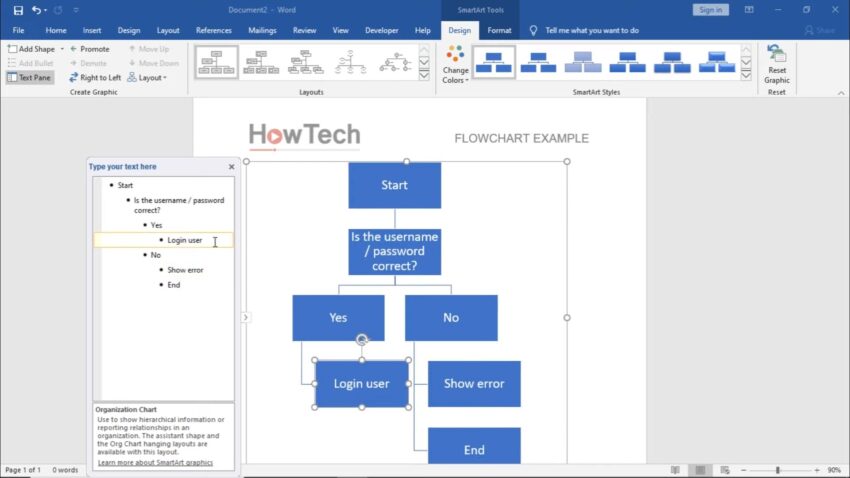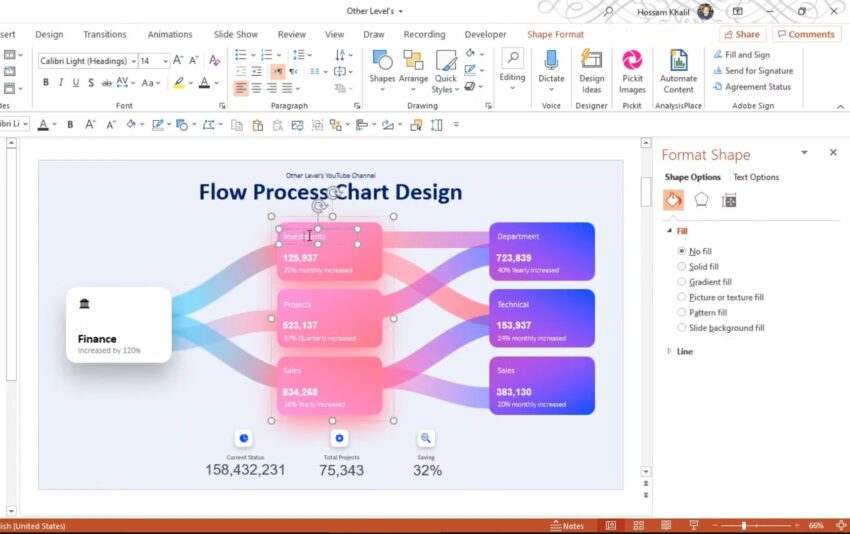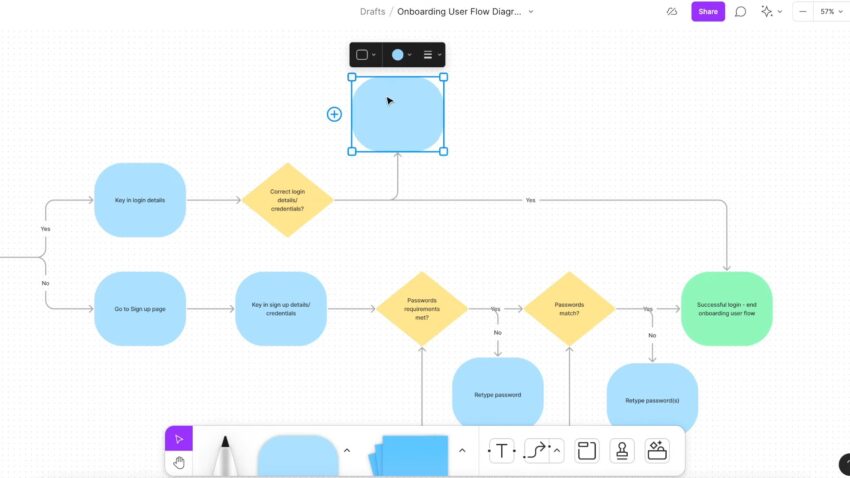As technology advances, we want to make our lives as easy as possible. If you need something to help people understand complex systems and if you are in need of a tool that will help you with the visualizing process then you are in need of the flow charts. They are used in a variety of fields including healthcare, software development, engineering, and project management. However, there is a big difference in how the flowcharts are created. Some of them are easy to follow and clear, while others have been proven to be ineffective as well as confusing. In this article, we are going to give you some tips for maximizing the effectiveness of flowcharts. Keep on reading to learn some of the dos and don’ts of chart design.
What are the things that you should do?
The first thing that you are supposed to do, even before you start designing your flowchart is to define the objective of the process you are trying to visualize. Think of the problem that you are trying to solve, as well as the goals of the process. When you define the objective, you will be able to focus on the most critical steps and ensure that what you are creating is going to be easy to understand as well as concise. Keep in mind that if you don’t have a clear objective or a clear goal in your mind, chances are, you are going to end up with something that is going to be extremely difficult to follow, and more often than not, you are going to confuse everyone that comes in contact with it.
Many people believe that they always have to do everything manually and they always have to start from scratch. Another thing that you should always do is seek help from platforms that are made to help you out with the whole design. As you can see on zenflowchart.com, you don’t have to do it all on your own, and you can use a platform that is going to help you visualize your plan, define your idea, and then execute it to perfection without too much trouble.
Another thing that you always have to do is use consistent notation as well as symbols. Consistency is key when it comes to design. You should use the same symbols throughout the flowchart and standardize your idea. If you want to use custom symbols, make sure that you define them in a legend or a key, and ensure that everyone who looks at the chart is going to know what you mean at any given time. In case you are pretty new to designing these charts, then you should stick with the standardization, including symbols defined by ANSI and ISO.
In addition to the symbols and the notation, you should always use clean and concise language. This means that you should use only simple sentences and try to avoid technical terms or jargon that may confuse people. In case you have to use technical terms, then you should provide a clear definition of them and help readers understand what you mean. Once again, you should design the charts in a way that everyone will be able to understand them, no matter their skills or field of work.
If you want to improve readability, then you should use white space and formatting. You should use the white space to separate different sections and make the chart less cluttered. You should use formatting including color coding, shading, bold, or italic text to highlight important steps or even points. This way, when anyone looks at the chart, they will be able to understand which parts are vital and they need to pay attention to, and which parts are not vital to the process.

What are the things you should steer away from doing?
Now that you know more about the things that you should always do, let’s talk about the no-nos when it comes to design.
The first mistake that many people do is overcomplicating the process as well as the chart. You should try to steer away from adding too many steps, decision points, or even loops. You should not make the flowchart confusing and difficult to follow. Instead of that, you should try to focus on the vital steps of the process, and just try and simplify the chart as much as you possibly can. You should keep in mind that the goal of the chart is to help people understand the problem or the process and you should steer away from trying to impress them by making things more and more confusing. If you want to help people learn, then you should give them the tools needed to learn without adding extra confusion.
As we previously mentioned, you should never mix different types of symbols. You should avoid using the most popular symbols if you combine different types. You should stick to one type of symbol or another, and you should not make the flowchart hard to read. Always stick to one set of symbols and notation and try to steer a way of using different symbols in different areas of the chart. This is going to add more to the confusion, and people will not be able to understand what you’re vision and goal are.

You should never overuse formatting or colors. Yes, we need different types of formatting and different hues when we want to highlight important information or data, however, if you overuse the formatting, you are going to make the whole chart difficult to read and distracting. Not every piece of information is vital, so don’t treat it as such, and even if that is the case, if every single piece of information is vital to your goal, then you should just use the standard formatting without adding bold or italic text, or different shades and hues. In this case, less is more, so make sure you use the symbols and formatting for important data just when you add that important information.
All of these dos and don’ts are pretty easy to follow. Remember that you want to make things simple and easy for the readers, and you don’t want to confuse them or overwhelm them. Take your time, use the right platform for your needs, and know that once you get ahold of the designing process, you will be able to make any type of chart without too much trouble.
Related Posts:
- The Dos and Don'ts of Men's Underwear Fashion:…
- The Dos and Don’ts of Customizing Your Skin Care Routine
- The Complete Angler's Handbook: 10 Expert Tips for…
- Vaping 101: Maximizing Your CBD Experience Through…
- Incorporating Las Vegas-Style Home Design: Bringing…
- California's Top 5 Dangerous Spiders: Don't Get…











